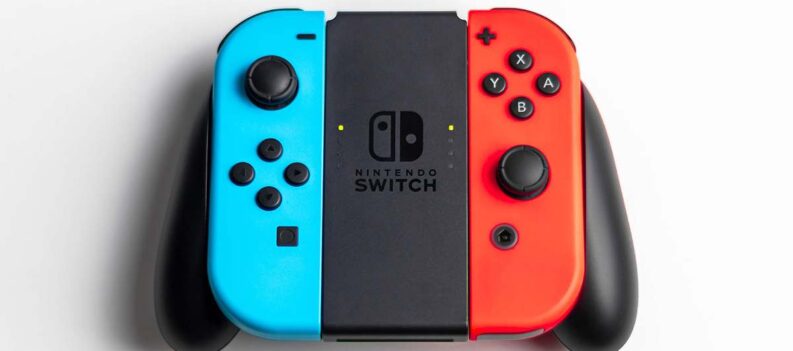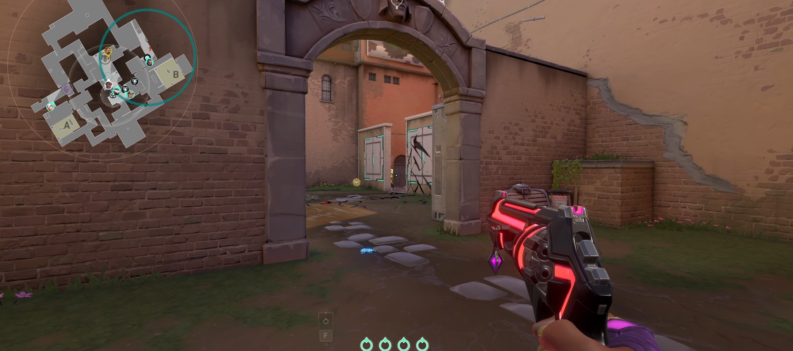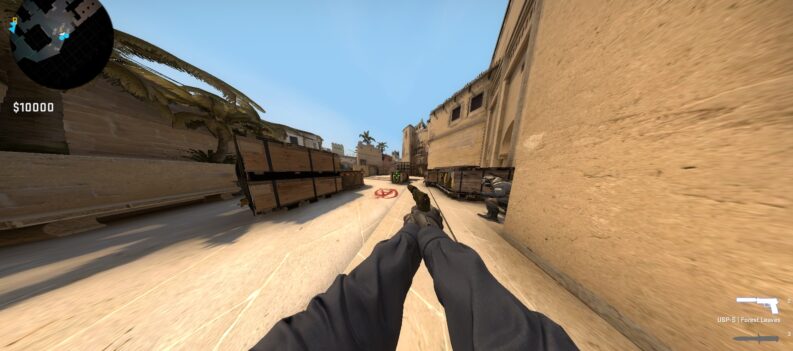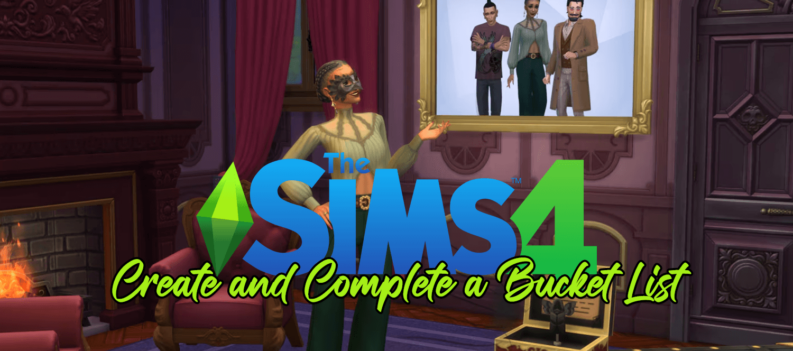Although companies try to avoid it, even the best quality control will never be able to catch every product fault. Protecting consumers from these hidden defects are exactly what warranties are made for. Warranties, however, have limitations that can affect the rights of the owner of the defective product.
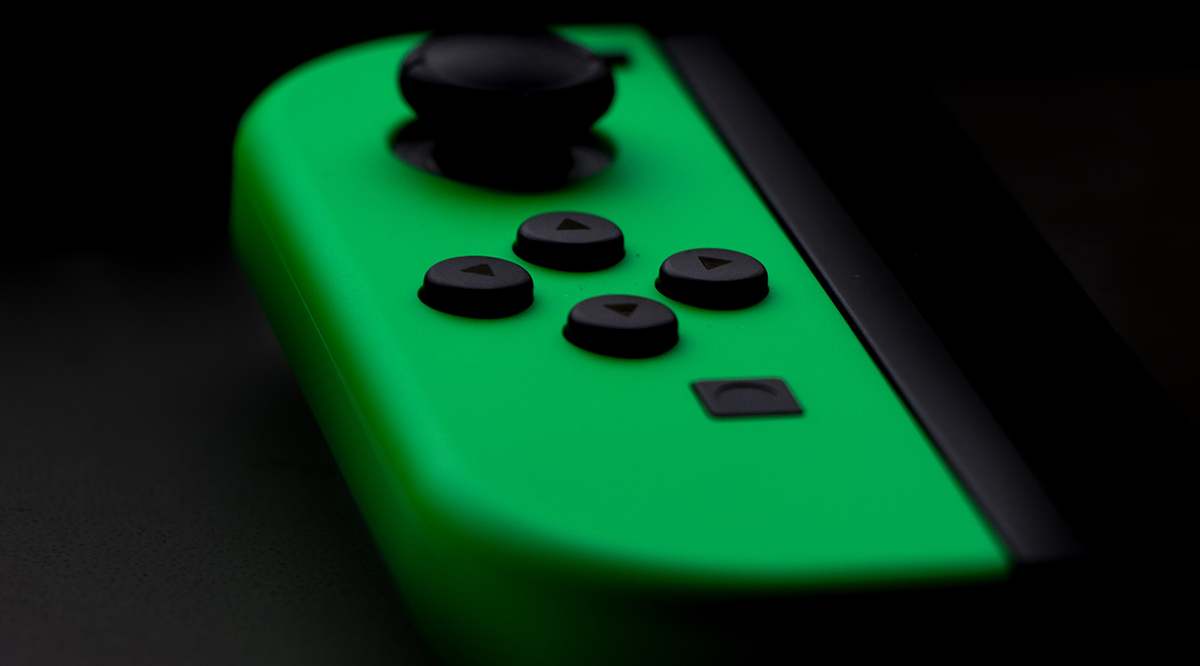
In this article, we’ll show you how to check if your Nintendo Switch still has warranty, and how to keep from voiding it if still available.
What Is the Warranty Period?
The Nintendo Customer service has two periods for specific types of products. The console itself has a limited warranty period of 12 months, whilst games and accessories have a limited warranty period of three months. The 12-month period is applicable to the console alone. The dock, the Joy Con, the adapter, and any other extra devices are considered as accessories, and thus are warrantied for only three months.
The warranties are reserved for the original purchaser, meaning the person registered as the buyer either at the point of sale, which is the store, or on the receipt. Second-hand purchasers can’t avail of the warranty even if it’s still within the coverage period.

How to Make Sure That the Warranty Is Still Active
First, and most importantly, keep the receipt in a secure place. Warranties that are time-based depend on the date of purchase to set time periods. If you don’t have a receipt, and the store hasn’t recorded a date of purchase you’re out of luck. It doesn’t matter if you bought your console yesterday, the warranty won’t cover you unless you can prove that it was purchased within the prescribed period.
Second, make sure that you don’t do things that will void the coverage. The Nintendo website has explicit terms that detail actions that will cause you to break the stipulations of the agreement. These actions are also listed below. Avoid them if possible.
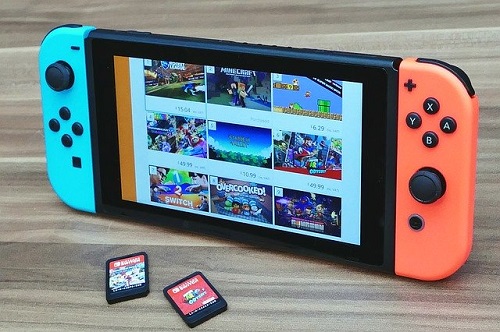
What Does the Warranty Cover?
The warranty is known as limited because it covers only hidden and factory defects. Factory defects are any flaws, errors, or damage caused during manufacturing. They’re generally things that are missed by quality control, and may be blatantly obvious once you take your Switch out of the box.
Hidden defects are just that. Flaws that are hidden and couldn’t have possibly been detected until the product has been used for a while. Unless your Switch has, what can be described as a hidden or factory defect, it’s not covered by the warranty.
What Doesn’t It Cover?
Unless the cause can be attributed to manufacturing, any physical damage isn’t covered by the limited warranty. Nintendo does not offer any extended warranty. Some stores offer options to purchase extended warranties to cover physical damage caused by accidents, wear, tear, or even the mentioned hidden or factory defects. These aren’t officially supported by Nintendo and may even void the limited warranty so keep that in mind.
What to Do to Not Break Warranty
As stated in the terms by Nintendo, the warranty may be voided if:
- The damage to the product is caused by accessories or peripherals that are not licensed by Nintendo.
- The damage is caused while the product is used for commercial purposes. An example would be if you were renting out your Switch to others.
- Modifications, tampering, or repair that are performed by unauthorized service personnel.
- If damage is caused either through negligence, accident, or improper use, as long as such damage is not related to hidden or factory defects.
- If the serial number has been tampered with, removed, or altered, either physically, or digitally through hacking, viruses, exploits, etc.
- Incidental damages caused by performing any of the above.
Do note that each country has individual laws that relate to warranties against hidden defects. These laws may or may not affect the limited warranties as stated by Nintendo’s website. Refer to your local regulations to know if you have any legal rights in addition to the ones already given.

What to Do After Warranty Has Expired
Nintendo Support relies on the date of the support ticket, not the date that they receive the console to determine if the warranty is still applicable. As long as you’ve filed a repair request before the expiration date then you’re fine.
If the respective one-year, or three-month period is over, then the most you can do is contact customer support and plead your case. Otherwise, any repairs done would cost you money.
If you bought an extended warranty from your local retailer and it covers a longer period than that of Nintendo’s, then you can take advantage of it. If the limited warranty is already done there’s nothing to void anyway.
Customer Protection
Warranties were created to protect customers from the defects that even the manufacturers couldn’t prevent. They’re set up to make sure that consumers aren’t further inconvenienced by flaws that weren’t their fault to begin with.
We’ve shown you how to check if your Nintendo Switch still has its warranty. Knowing you’re still covered is a good way to ensure that even if your console suddenly malfunctions, help is free and available.
Have you had any experiences with Nintendo’s limited warranty agreement? Do you have an opinion on the customer services involved with the terms? Share them in the comments section below.


